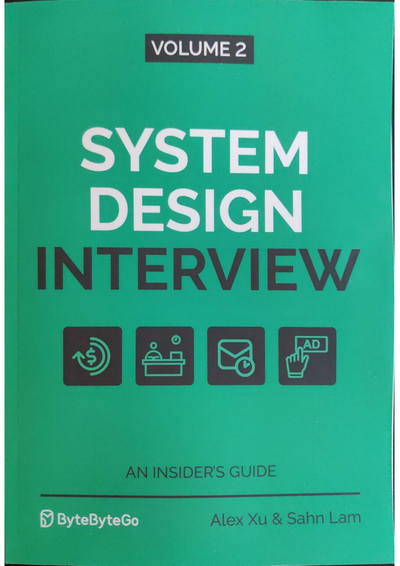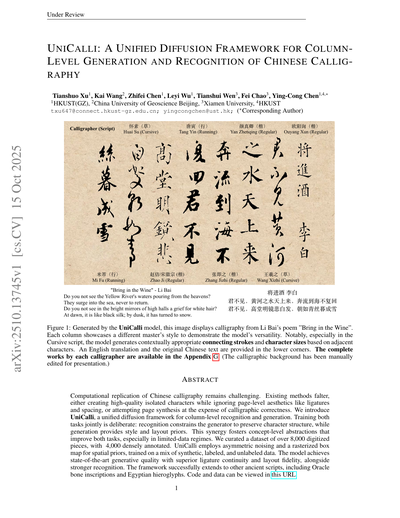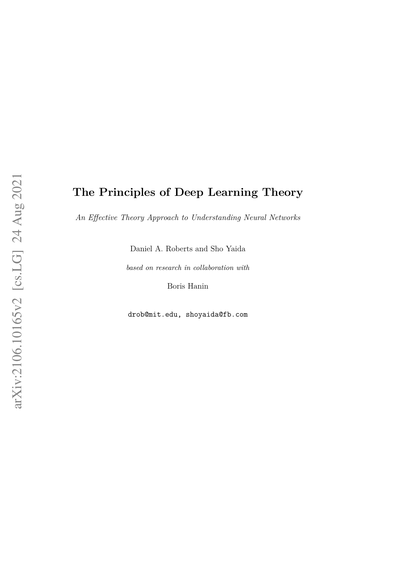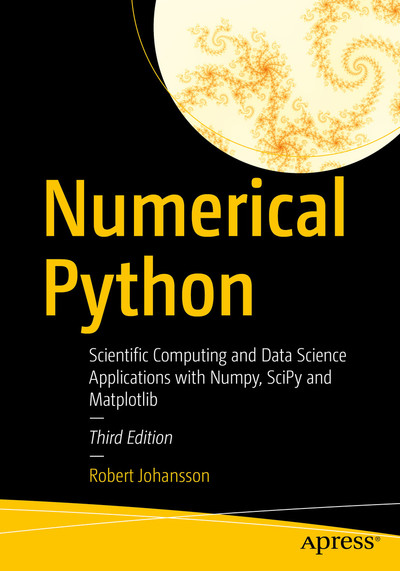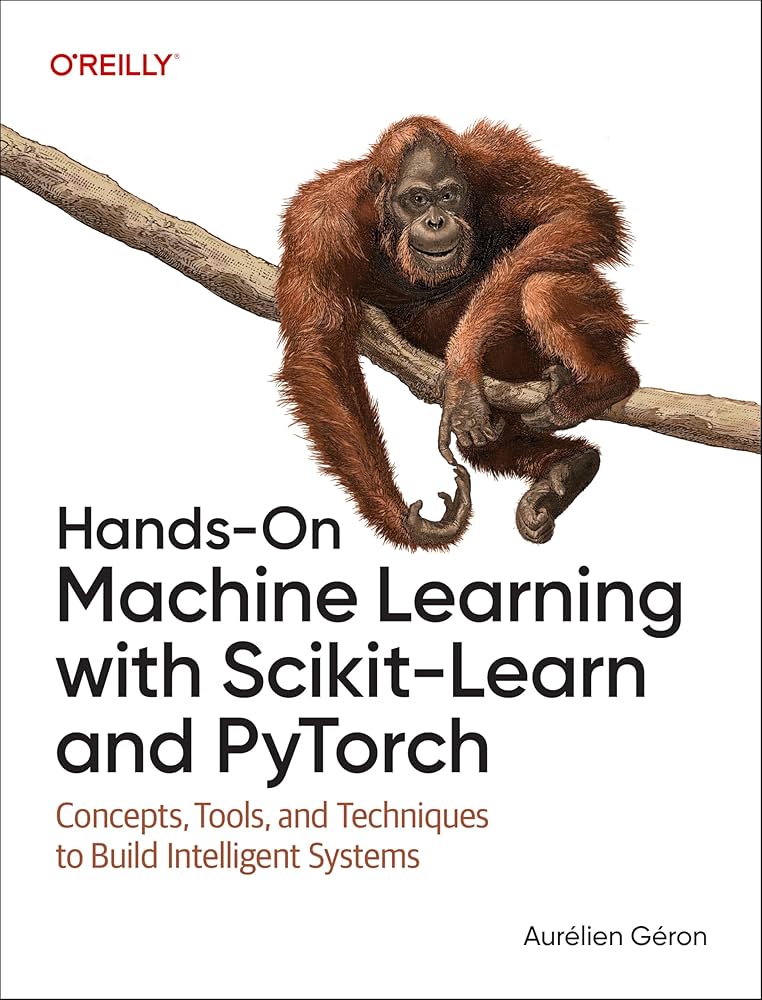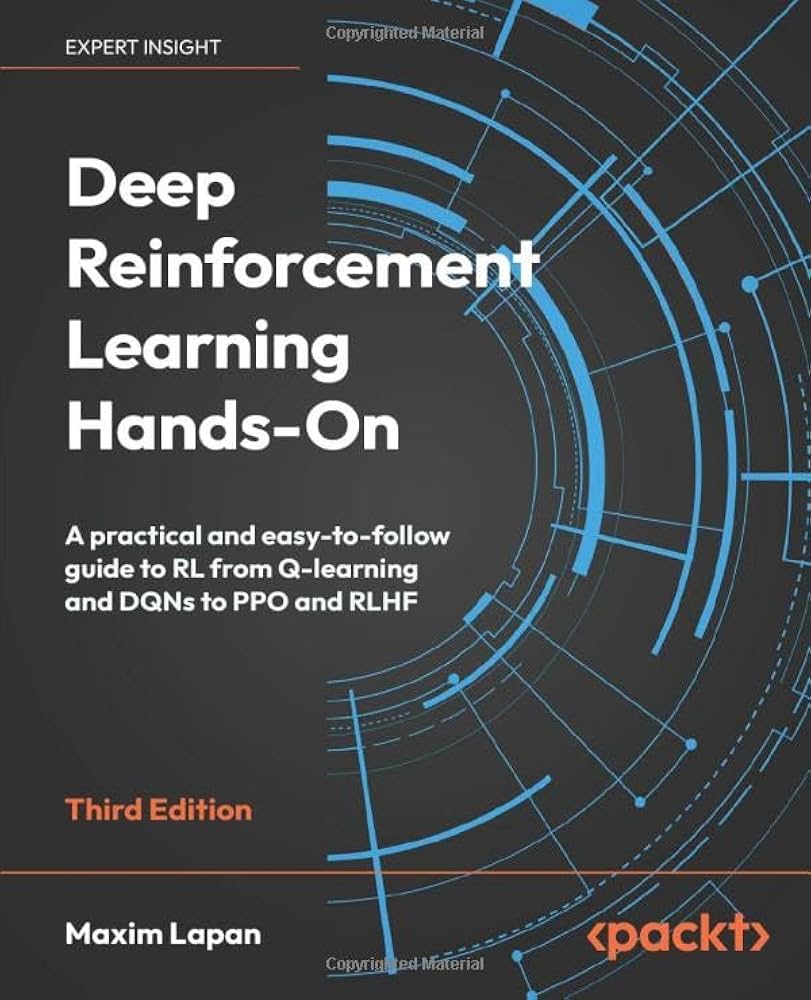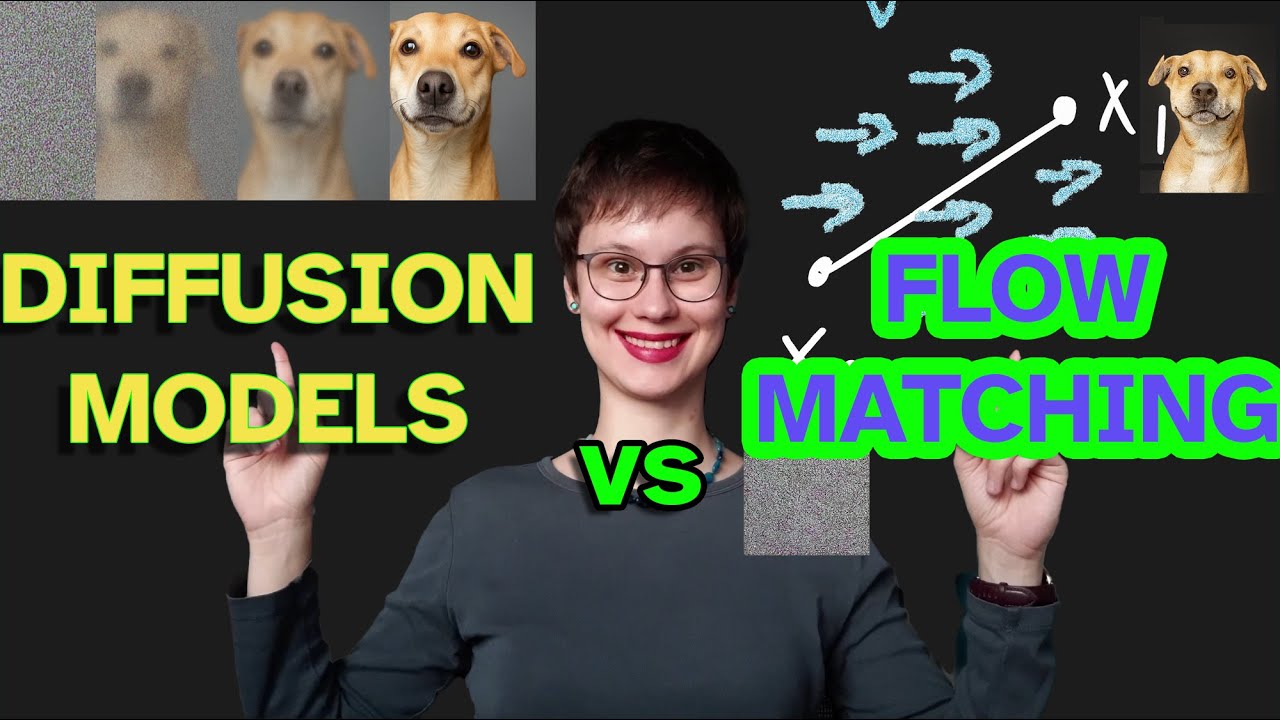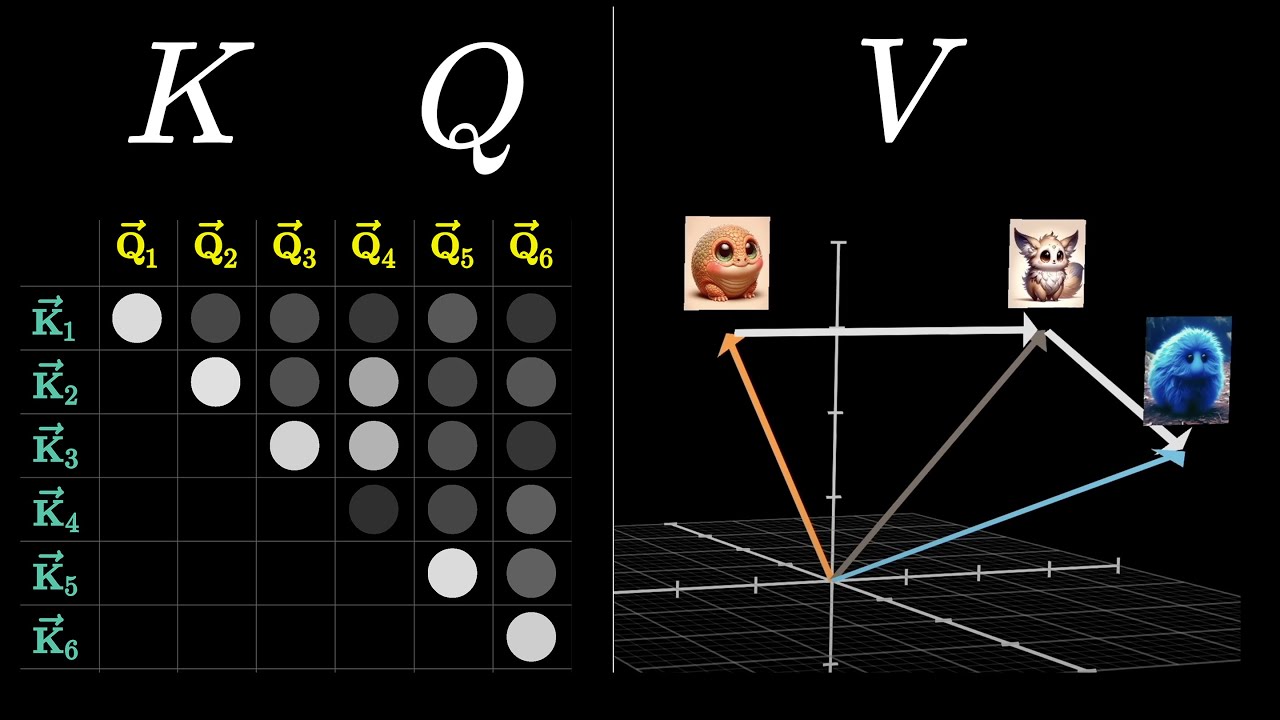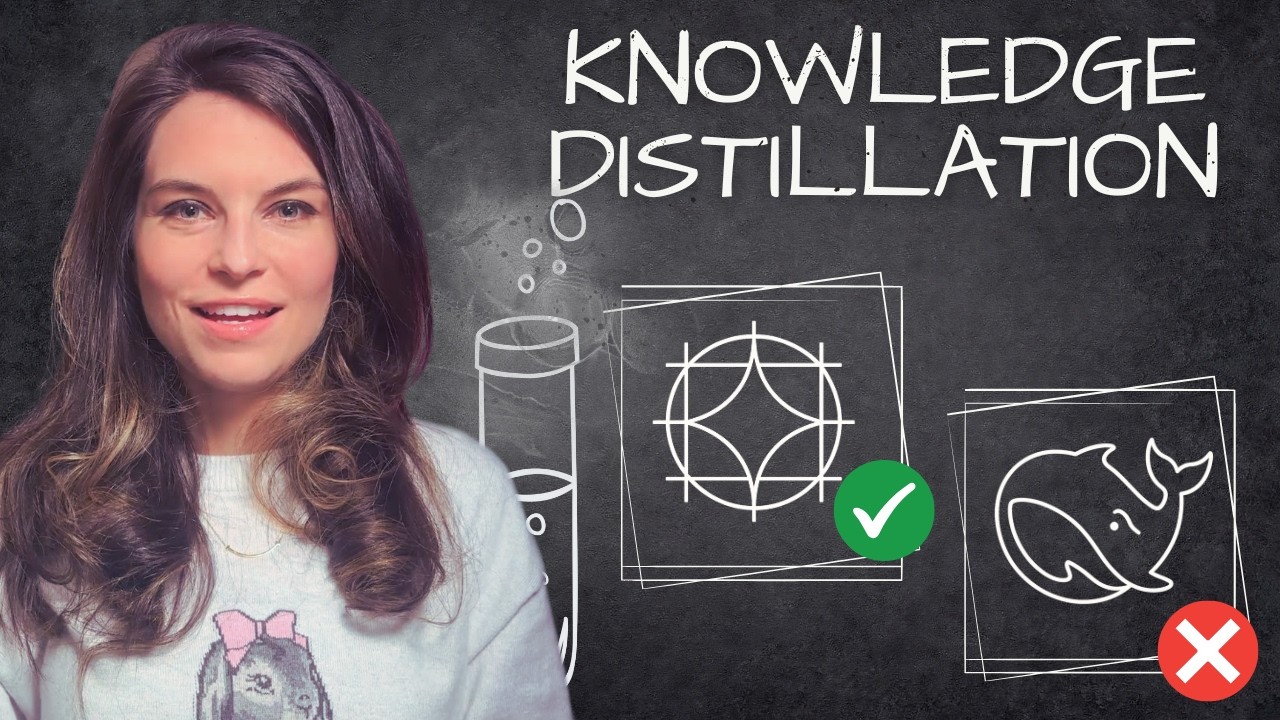
Online Workshop Every Week
Join our free weekly interactive learning sessions.
Master AI/ML with instant feedback and personalized learning
"Cogito, ergo sum" (I think, therefore I am)
— René Descartes

Free Problems
Python I/O and Data Pipeline Assessment - Part 1
20 questions focused on Python file and stream I/O, CSV basics, and filesystem utilities.
20 pts
Medium
104
builtins.open
file-io
text-mode
+7
Pandas Fundamentals Assessment - Part 1
This assessment evaluates your understanding of fundamental Pandas concepts for data analysis and manipulation. The problems are designed to test your proficiency with Series, DataFrames, data transformation techniques, and time series analysis. Each question challenges your ability to effectively use Pandas' core functionality.
46 pts
Easy
92
pandas.series.dtype
pandas.series
missing data
+7
PyTorch Fundamentals Assessment - Part 1
This assessment introduces fundamental PyTorch concepts, focusing on essential tensor operations and manipulations. The problems test your understanding of tensor creation, indexing, reshaping, and basic mathematical operations. Each question evaluates your ability to work with PyTorch's core data structures and perform foundational operations crucial for deep learning development.
20 pts
Medium
101
torch
CUDA
GPU
+7
NumPy Fundamentals Assessment - Part 4
This assessment evaluates your proficiency in advanced NumPy concepts, focusing on sophisticated data analysis and numerical computing techniques. The problems test your ability to implement complex mathematical algorithms, perform statistical operations, and optimize array-based computations. Each question challenges you to leverage NumPy's advanced features for solving intricate scientific computing problems efficiently.
55 pts
Medium
90
nearest-value
argmin
absolute-difference
+7
NumPy Fundamentals Assessment - Part 3
This assessment evaluates your understanding of intermediate NumPy concepts, focusing on array manipulations, mathematical operations, and data transformations. The problems test your ability to work with multi-dimensional arrays, perform complex mathematical computations, and implement efficient array processing solutions. Each question challenges your proficiency in applying NumPy's functionality to solve real-world computational problems.
54 pts
Medium
99
reduce
add-reduce
sum-performance
+7
NumPy Array Operations and Analysis
This assessment evaluates your proficiency with intermediate NumPy concepts, focusing on array operations, statistical functions, and data transformation techniques. You'll demonstrate your ability to manipulate arrays efficiently and implement common numerical computing patterns.
55 pts
Medium
90
3d-indexing
element-location
array-shape
+7
Premium Problems
Knowledge Graphs
USA AI Olympiad
Explore competitive programming and AI contest preparation concepts
Grade 5 Math
Discover elementary mathematics concepts and learning paths
Featured PDFs
View All PDFsSystem Design Interview: An Insider's Guide Volume 2
116 questions
348 pts
System Design Interview: An Insider's Guide
108 questions
317 pts
UNICALLI: A UNIFIED DIFFUSION FRAMEWORK FOR COLUMN-LEVEL GENERATION AND RECOGNITION OF CHINESE CALLIGRAPHY
10 questions
38 pts
The Principles of Deep Learning Theory
107 questions
418 pts
Featured Books
View All BooksAcing the System Design Interview
153 questions
456 pts
Numerical Python: Scientific Computing and Data Science Applications with Numpy, SciPy and Matplotlib
190 questions
543 pts
Hands-On Machine Learning with Scikit-Learn and PyTorch
200 questions
554 pts
Deep Reinforcement Learning Hands-On - Third Edition
222 questions
720 pts
Featured Videos
View All VideosFlow-Matching vs Diffusion Models explained side by side
10 questions
29 pts
Attention in transformers, step-by-step | Deep Learning Chapter 6
10 questions
30 pts
Knowledge Distillation: How LLMs train each other
10 questions
27 pts
Diffusion Model
10 questions
32 pts
Popular Topics
machine learning
56
deep learning
40
neural networks
35
reinforcement learning
33
system-design
28
grade5
27
optimization
14
large language models
13
attention mechanisms
13
combinatorics
13
system-architecture
13
natural language processing
12
aime problems
12
Number Sense
12
scalability
11
beginner
10
number theory
10
performance
10
transformers
9
capacity-planning
9
Click on any tag to filter problems by that topic
